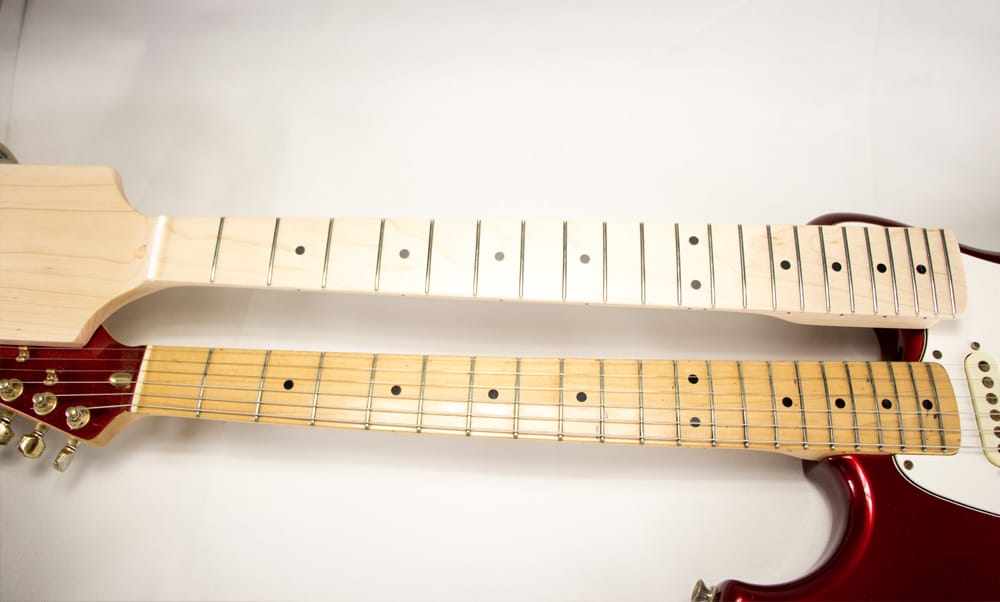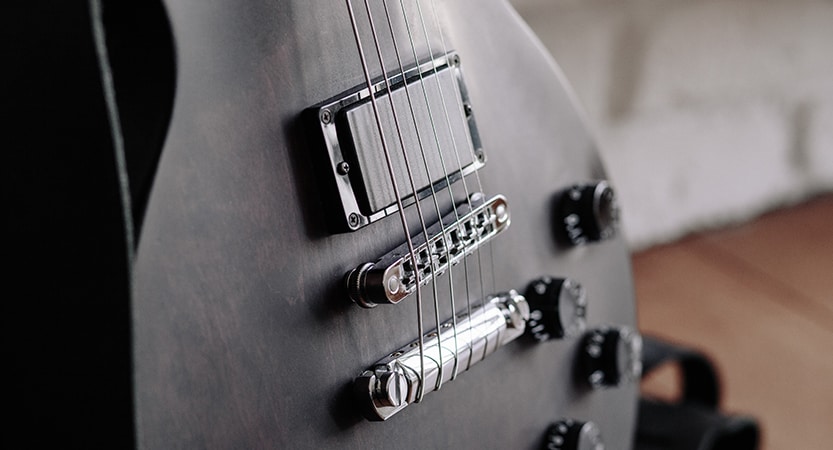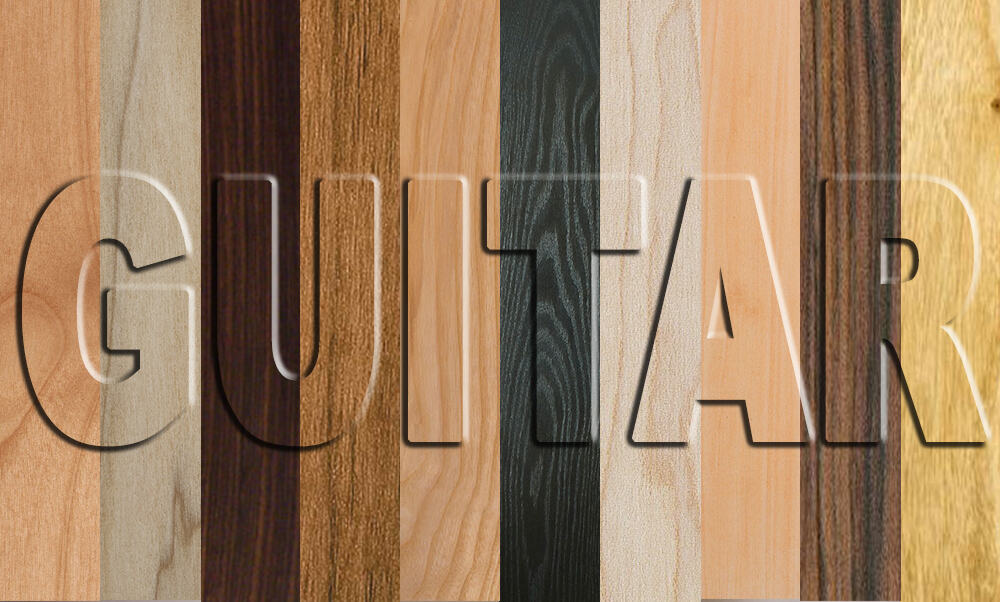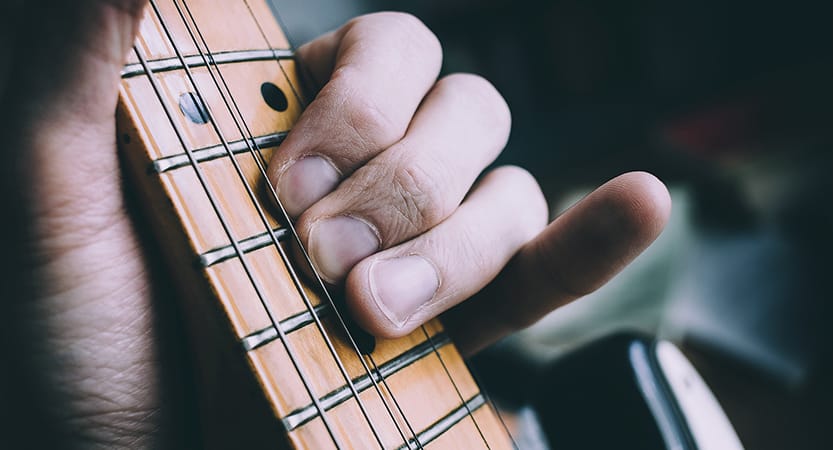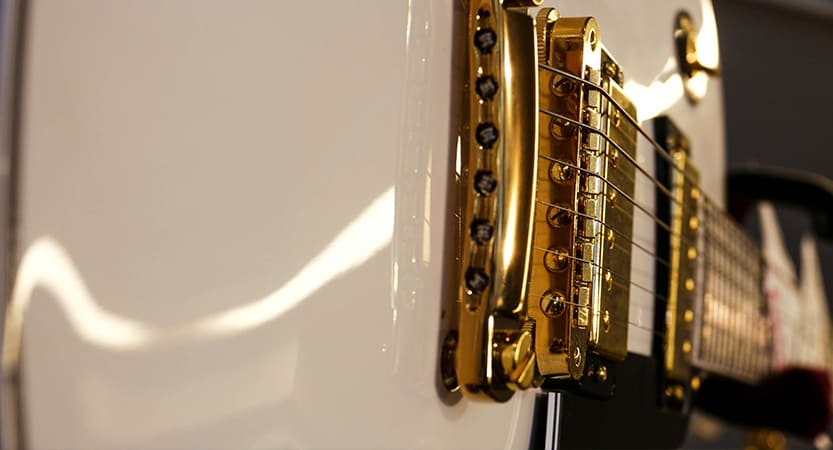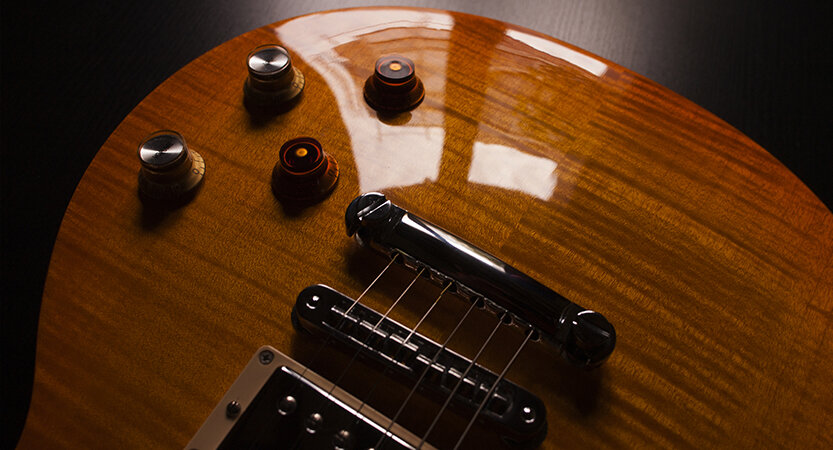What are the things you need to know about guitar neck replacement?
1. It may involve measurement and even some woodwork.
2. Always be patient to avoid critical errors.
3. Replacement neck specifications should match the original as close as possible.
4. Scale length and fret count are crucial when ordering a replacement.
5. Replacement may get a little complicated, but with the proper precautions it is achievable.
6. Ensure the replacement neck’s profile is to your taste.
All About Electric Guitar Bridge Types
Guitar bridges come in many varied forms, each with their own characteristics that suit different playing styles and give a different sound. However, there are 4 particular styles of the bridge which have gained popularity and are the most commonly used. These are:
– Fixed
– Tremolo
– Tune-O-Matic
– Floyd Rose
There are a lot of differences between these styles, yet some similarities all the same. It’s very important to know what makes each style so different from the other, and what the advantages to each one are. Let’s begin to discuss what makes each style so unique.
Guitar Wood Types – Explained
So, what are the Guitar Wood Types?
Some popular types of guitar woods are Alder, basswood, mahogany, swamp ash, walnut, koa, maple, rosewood, ebony, and wenge. Each of the wood types has its distinct features, including looks and tonal properties.
Who Invented the Electric Guitar
Who Invented the Electric Guitar?
The first real electric guitar in the early 1900s, is attributed to Adolph Rickenbacker, an electric engineer, and George Beauchamp, a musician. The duo made improvements on several earlier inventions to produce an electric guitar that’s modern and commercially viable.
Guitar Parts Names – Your Guide
The Main Parts of Acoustic and electric guitar are:
• The Head and tuners
• The Neck, Fretboard and Nut
• The Body, Bridge and Saddles
• The Pickups, Volume and treble, and Output Jack (Just for the Electric Guitar)
What Is A Luthier – Want to Become One?
By definition a Luthier is someone who builds and repairs stringed instruments such as violins and guitars. Today there are plenty of small schools and programs and even some larger institutions and colleges offering a “Musical Instrument Fabrication and Repair” degree or certificate.

